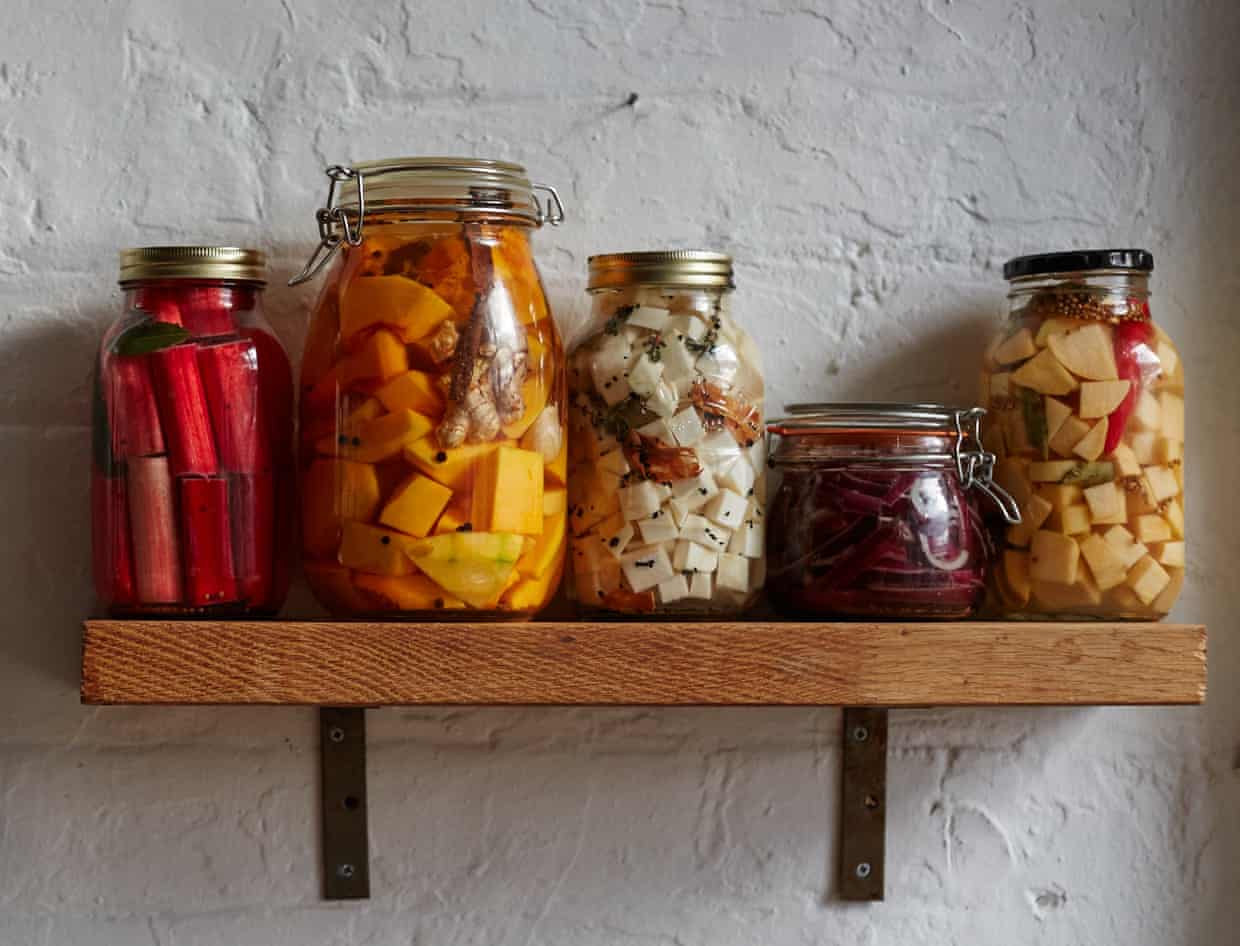Amazon reveals cause of AWS outage that took everything from banks to smart beds offline

Amazon has revealed the cause of this week’s hours-long AWS outage, which took everything from Signal to smart beds offline, was a bug in automation software that had widespread consequences,In a lengthy outline of the cause of the outage published on Thursday, AWS revealed a cascading set of events brought down thousands of sites and applications that host their services with the company,AWS said customers were unable to connect to DynamoDB, its database system where AWS customers store their data, due to “a latent defect within the service’s automated DNS [domain name system] management system”,DynamoDB maintains hundreds of thousands of DNS records,It uses automation to monitor the system to ensure records are updated frequently to ensure additional capacity is added as required, hardware failures are handled and traffic is distributed efficiently.
The root cause of the issue, AWS said, was an empty DNS record for the Virginia-based US-East-1 datacentre region.The bug failed to automatically repair, and required manual operator intervention to correct.AWS said it had disabled the DynamoDB DNS planner and DNS enactor automation worldwide while it fixes the conditions that led to the outage and adds extra protections.The issue also caused outages for other AWS tools as a result.Platforms including Signal, Snapchat, Roblox, Duolingo, as well as services such as banking sites and the Ring doorbell company were some of the 2,000 companies affected by the outage, according to Downdetector – a site that monitors internet outages – with more than 8.
1m reports of problems from users across the world.While services were restored in a matter of hours, the impact of the outage was felt widely.Customers of Eight Sleep – a smart bed company that connects to the internet to control the temperature and incline of a person’s bed – found they were unable to adjust the bed or the temperature of the bed during the outage because they were unable to connect to the bed in their phone app.The company’s chief executive, Matteo Franceschetti, apologised to customers on X and this week rolled out an update to its services that would allow users to control the bed’s critical functions via Bluetooth in the event of an outage.Dr Suelette Dreyfus, a computing and information systems lecturer at the University of Melbourne, said the outages showed how dependent the world was on single points of failure on the internet.
“That single point isn’t just AWS – they’re the biggest cloud provider with 30% or so of the market – but rather the cloud as a whole, which is basically just three companies,” she said.“The internet was designed to be resilient; many other channels existed for routing around problems or attacks, but we’ve lost some of that resilience by becoming so dependent on a handful of giant tech companies to provide not just data storage but also house data services.”

Rachel Roddy’s recipe for leftover polenta biscuits | A kitchen in Rome
This, then, was the situation: it was Friday night after a long week, and having met a friend on the way home for a glass of wine, which arrived with crisps, taralli, dry roasted peanuts and enough salt that we needed another glass, it seemed a good idea to go home and cook polenta – the long-stir sort as opposed to the instant variety, although I always have that in the cupboard, too. Another good idea, which came to me as I pulled a new packet from the back of the dresser and ignored the flutter of tiny wings, was to make more than enough polenta and pour the extra into a Pyrex dish while it was still hot, so it could set into a block to be cut into slices and grilled the next day.I’ve written about polenta before; how the word is ancient and generic – referring to any mushy dish made from cereal flour and water – and how, after its arrival in Europe in the 1600s, it became synonymous with ground maize. There exists a world of different grades and milling, but, broadly speaking, when you buy ground maize (cornmeal) for polenta, you will have two options: finely ground (which might also be white) for a soft, thin polenta, and coarsely ground, which will have glassy-looking grains and makes an excellent body scrub and a harder, tastier polenta. The latter also takes much longer to cook, anything from 40 minutes to several hours, depending on who (or which packet) you consult, although in my experience an hour is almost always enough, and anything beyond that is more a way of deepening the flavour

Don’t chuck your parmesan rind – it is an excellent stock cube – recipe | Waste not
Parmesan rinds are the ultimate zero-waste hack – like a cheesy stock cube, they enrich stews, sauces and all sorts, and add pure deliciousness in the form of umami depth and creamy texture. Stored in the fridge or freezer, they keep almost indefinitely. This week’s recipe uses them in a thrifty, creamy corn orzo that transforms a few simple ingredients into comforting autumn fare.This dish was a happy accident, and left me and my family drooling for more. I was planning a classic tomato orzo to use up that half-bag in the cupboard left over from making a pasta salad, but wanted something more seasonal

No waste, all taste: Max La Manna’s comfort food pantry-raid recipes
Cooking with little to no waste isn’t about rules; it’s about rethinking old habits. Take inventory of the food you already have (I like taking a photo of my fridge and pantry before I go shopping), stick to your list and buy only what you need. Make sure you store it properly, too, so it lasts longer, and don’t forget to cook with a bit of curiosity: that bendy carrot, yesterday’s rice, the broccoli stem you’d normally bin – they all have potential. Start small, and trust me: you’ll notice the wins in no time, saving money, time and food from the bin. For me, low-waste cooking isn’t restrictive, it’s liberation

When restaurateurs go rogue: is it right to lambast locals who won’t come and dine with you?
An Italian restaurant shut up shop last week, with an angry and disappointed farewell note, blaming ‘neighbours’ for a lack of support ...Name: Unappreciative customers.Age: In the case of Don Ciccio, six years

If you like piña coladas: how to make slushies at home without a machine
It promises icy, refreshing drinks, and for a cool $179, this slushie maker is yours – if you can find one.Australian TikTok users have become fixated on a Kmart slushie machine, apparently a budget version of the equally viral Ninja slushie machine (RRP A$499), with users posting videos and reviews of their frosty, fruity extrusions. One Australian video has racked up 2.7m views, and the appliance has sold out online. But with Kmart supply chains under scrutiny and the knowledge that culinary trends and the very specific appliances needed to make them are passing fads, not everyone wants to – or has to – buy a machine to make slushies this summer

Pickle power: how to make your first ferments | Kitchen aide
I love ferments and want to start making my own to save money. Where should I start? Ben, by email“Maybe with some carrots, onions, cucumber or beetroot – anything Ben has an excess of,” says Connor Wilson, head chef at The Kirkstyle Inn in Slaggyford, Northumberland. “Fermentation is a great way of preserving produce, but it won’t give new life to things that are past their best.”That said, tired-looking carrots would be perfect for Olia Hercules’ go-to for newbie fermenters: “If they look dehydrated but without any rotting, they’re amazing to ferment,” says the author of Strong Roots. “The sugars concentrate and you get this bright carrot flavour

Lucy Powell wins Labour deputy leadership election

Rishi Sunak only politician sent witness statement in China spy case

Local election wipeout would see off Starmer, MPs say after Caerphilly rout

When hearts were in the Home Office | Brief letters

No 10 accepts people are ‘disappointed with the pace of change’ as Plaid Cymru celebrates Caerphilly byelection win – as it happpened

Caerphilly byelection a triumph of positivity over division, says Plaid Cymru leader